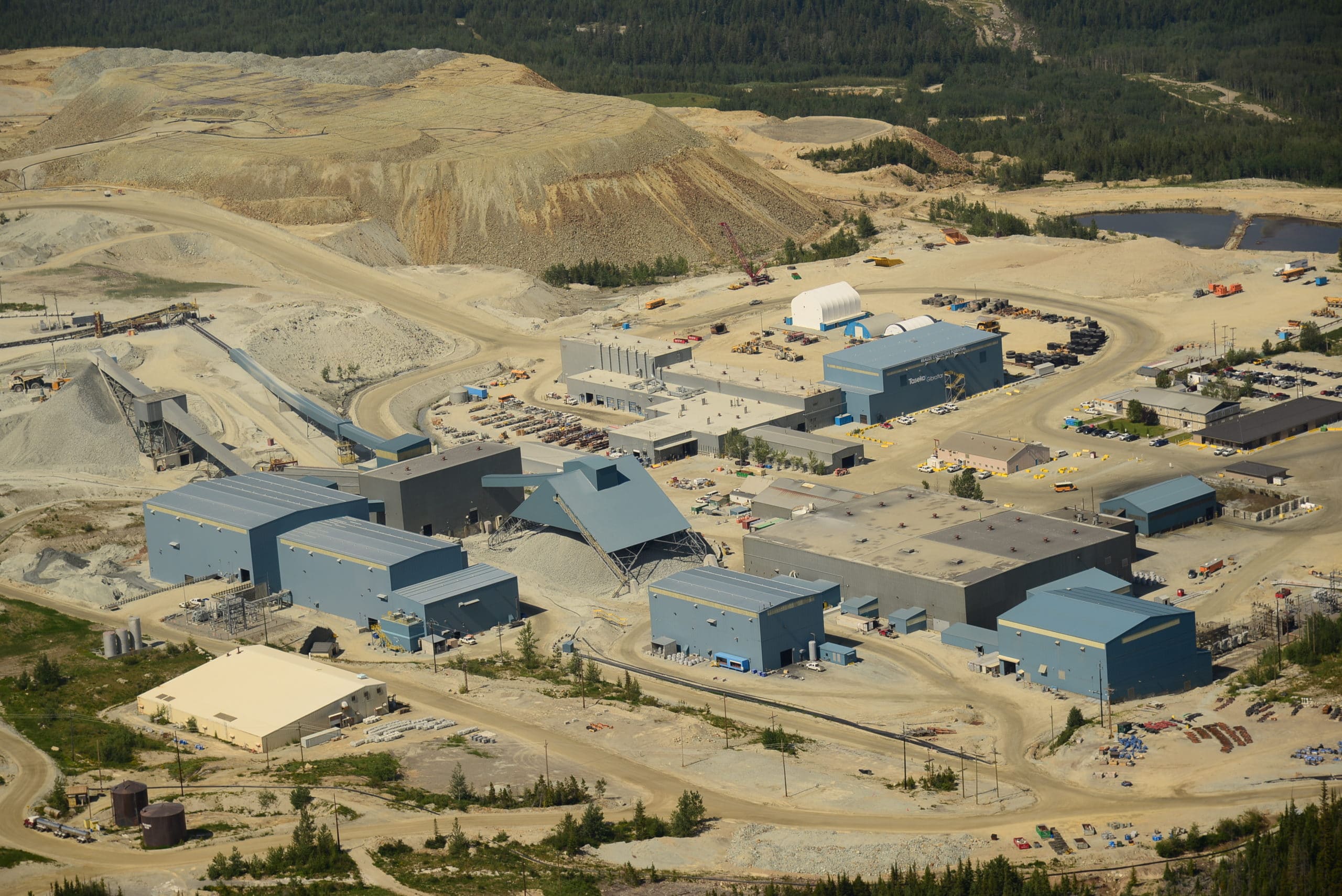When Structural Geologist, Chris Gallagher, broke his arm biking to work at the British Columbia Geological Survey, little did he know that it would eventually lead to a career shift. The injury meant a summer at a desk where he would discover the world of data management and digital geology. Now, after over a decade honing these desk skills along with his field based work, Chris has turned this passion into opportunity with his new consultancy, Rogue Geoscience. Chris illustrates how Leapfrog’s structural modelling tools enabled him to unravel the complex geology of Taseko’s Gibraltar Mine.
The Project
The Gibraltar copper-molybdenum mine, located in south-central British Columbia, is the second largest open pit copper mine in Canada and the largest employer in the Cariboo region. Owned and operated by Taseko, (75%), Gibraltar was restarted in 2004. Structural Geologist, Chris Gallagher, used Leapfrog Geo’s structural modelling tools to model the D1 strain that controls copper distribution, piecing through the deformation event, domain by domain.
Chris comments, “[Back in 2016], I was excited when I heard about the release of Leapfrog’s structural modelling tools and knew that they would be perfect for understanding the complexities of Gibraltar. Leapfrog is very amenable at defining domains and we needed to subset the data to get a clearer picture. We couldn’t model as one system, we needed to isolate the blocks. In this way we were able to model S1 Foliation, which in part controls the distribution of the copper in the rock.”
“Leapfrog is very amendable at defining domains and we needed to subset the data to get a clearer picture. We couldn’t model as one system, we needed to isolate blocks. In this way we were able to model S1 Foliation, which in part controls the distribution of the copper in the rock.”
Chris Gallagher, Structural Geologist, Rogue Geoscience
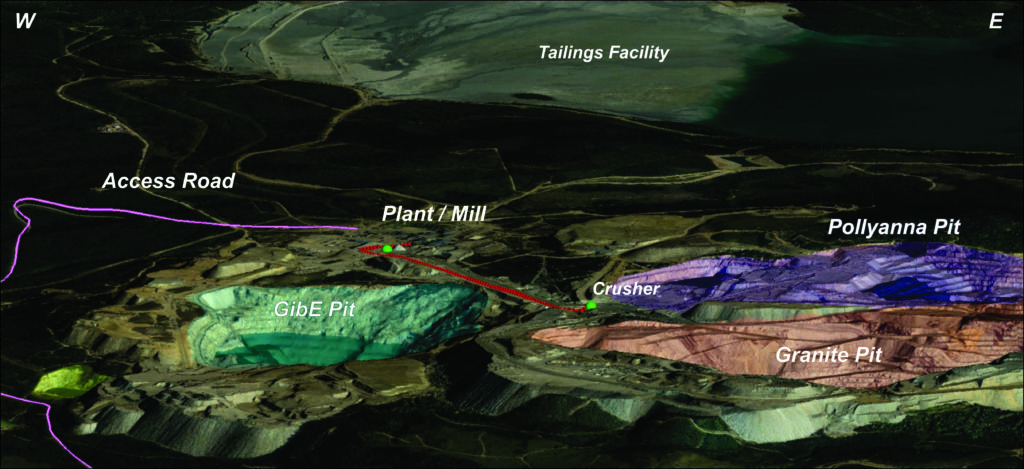
Situation
Gibraltar is located in the Intermontane region of the Canadian Cordillera. The ore deposit is a low-grade copper-moly porphyry. It occurs in seven mineralised zones within a Late Triassic (204 +/- 6 Ma) diorite pluton. Primary ore minerals include chalcopyrite, molybdenite, and bornite, which are concentrated locally in ductile shear zones and veins. Mineralisation has undergone at least two phases of deformation including a D1 ductile compressional event as well as a D2 brittle translational event.
The ductile deformation history of Gibraltar, coupled with the need to regularly update and analyse new drilling data, presented Chris with the perfect opportunity to utilise Leapfrog’s structural modelling tools and dynamic updating. Leapfrog’s Form Interpolants join individual structural measurements together with a 3D surface that predicts the fabric orientations between measurements; making structural deformation clearer, for better interpretation. And as models are built directly from data, Leapfrog’s dynamic feature means that models are updated when new data is added. Users can add data or revise their interpretations at any stage in the workflow and changes automatically flow downstream and update.

Response
Analysing traditional aqua regia data Chris was able to use the vast quantities of historic data available to derive a simple alteration index. Combining this data set in Leapfrog with structural data he was able to obtain a good understanding of the distribution of hydrothermal alteration within the deposit. Using this known history of the deposit as a starting point, Chris worked through the structure of the rocks to model the S1 foliation. Chris then used drillcore to model the Form Interpolants of the S1.
Chris comments, “Once modelled, the data was consistent but rather scattered – not tightly spaced as you would expect, as shown in figure 2a. This second figure 2b explains why the data is messy, you can see that orientation was originally fairly consistent but then D2 faults developed later resulting in local rotation of individual blocks.”
Using Leapfrog Geo, Chris was able to easily divide the data into domains to help gain a clearer understanding. An S1 Form Interpolant was created for each one of the structural domains, and from there, once happy with the geometry, used to predict the distribution of copper and associated alteration assemblages. You can see in the illustration that each alteration type has a fairly consistent orientation to the S1 Foliation. Chris explains, “You can’t model S1 purely as one system, you need to isolate the different blocks and model them separately and Leapfrog is great for helping to do this.”
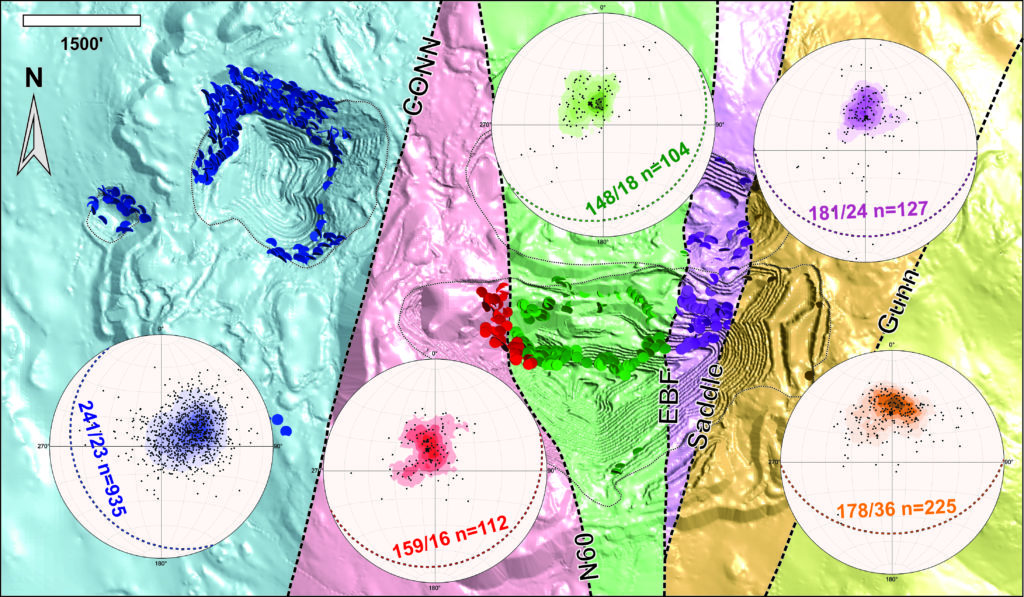
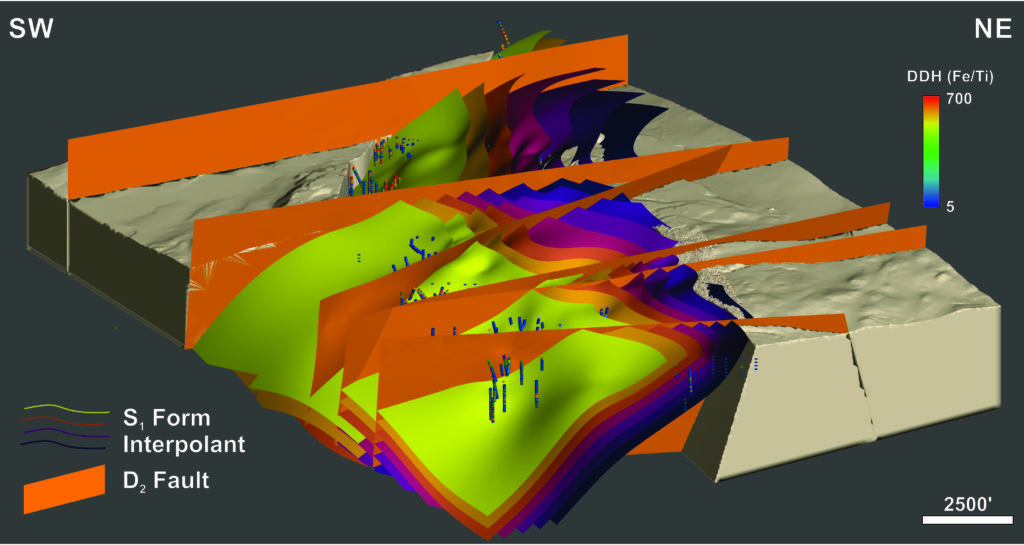
Form Interpolants are really powerful for interpolating the fabric orientations between structural measurements. A form interpolant will take all mapped and downhole data and it will show the deformation and highlight folding or over turning in the data.
Outcome
Aside from the initial modelling of D1, Leapfrog Geo was used daily throughout the project for validation of logged core and to keep the geological model updated with the latest drilling information.
Chris comments, “This is where Leapfrog is again super valuable because as we collect more downhole structural data we can automatically assign this to a particular domain and update the geometry of the Form Interpolants. In turn it will also update the distribution of our copper and our alteration model because we are using this S1 Form Interpolant to control how we will interpolate the copper distribution.”
Using the dynamic feature, Chris was also able to tweak multiple ideas, “This is of course what modelling is all about, with Leapfrog not only is this faster and less work, but it means that I can try out more ideas and test them rapidly, which is hugely exciting.”
Since completion Chris has carried out a series of talks on the Gibraltar project, “When we reach the slide with the Form Interpolants this is when structural geologists get really excited, because they can see how it’s moved understanding forward. It’s great to be able to share the excitement we experienced.”
Chris operates the software at an advanced level and has been a user since 2014. “I’ve found that Leapfrog’s intuitive nature has allowed me to quickly develop my skills. I’m an experienced software user but it’s still unique to find a mining solution like this that you can quickly become proficient in.”
“With Leapfrog not only is this faster and less work, but it means that I can try out more ideas and test them rapidly, which is hugely exciting.”
Chris Gallagher, Structural Geologist, Rogue Geoscience
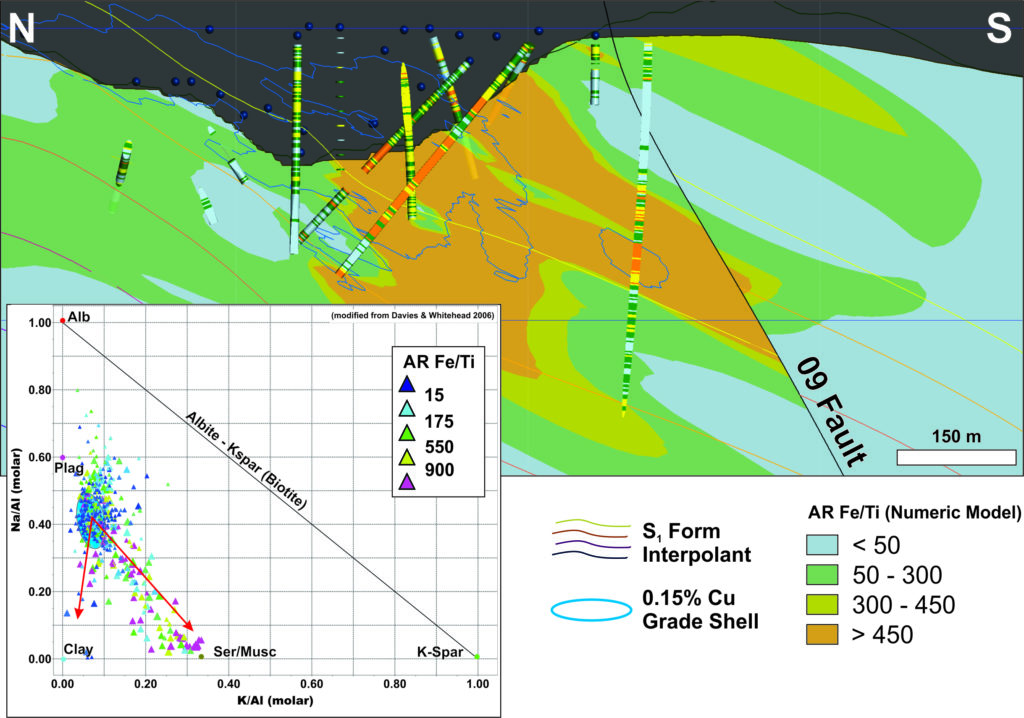
Leapfrog Geo Product Manager, Byron Taylor, comments, “It’s great to see how Chris was able to apply his skill as a structural geologist and put these tools to best effect. However, these tools have been designed to allow all geologists to easily incorporate structural data. Highly intuitive workflows make structural geology more accessible and provide more flexibility when dealing with unique and complex geology. Users can analyse the data in 3D and see the patterns defined by the structural data, resulting in a stronger model. This functionality isn’t a module, or an add on, every geologist can unlock the value of structural data to increase confidence, improve decision making and reduce risk.”
Leapfrog Geo software can be trialled for free and as it’s intuitive and easy to learn, it is possible in a trial to gain a good understanding and appreciation of the structural modelling tools.





